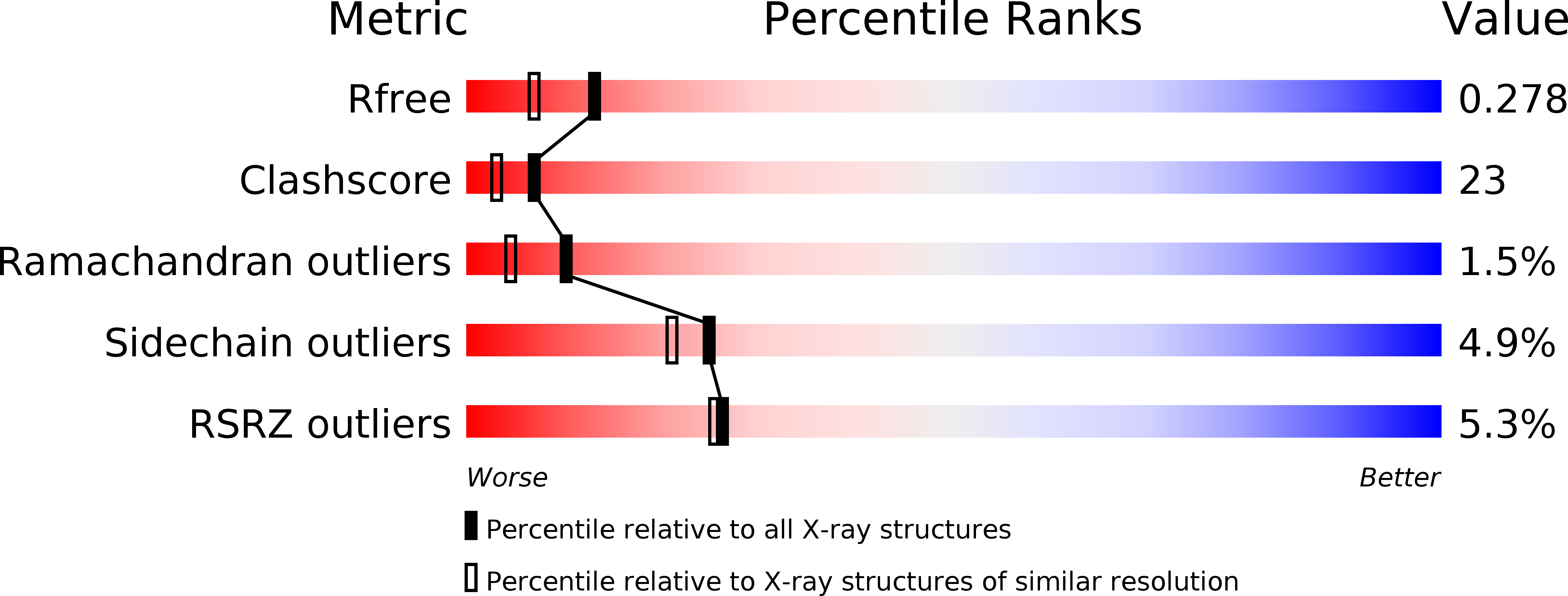
Deposition Date
2009-06-05
Release Date
2009-10-20
Last Version Date
2024-04-03
Entry Detail
PDB ID:
3HQ0
Keywords:
Title:
Crystal Structure Analysis of the 2,3-dioxygenase LapB from Pseudomonas in complex with a product
Biological Source:
Source Organism:
Pseudomonas sp. KL28 (Taxon ID: 237609)
Host Organism:
Method Details:
Experimental Method:
Resolution:
2.00 Å
R-Value Free:
0.26
R-Value Work:
0.22
Space Group:
P 21 21 21


